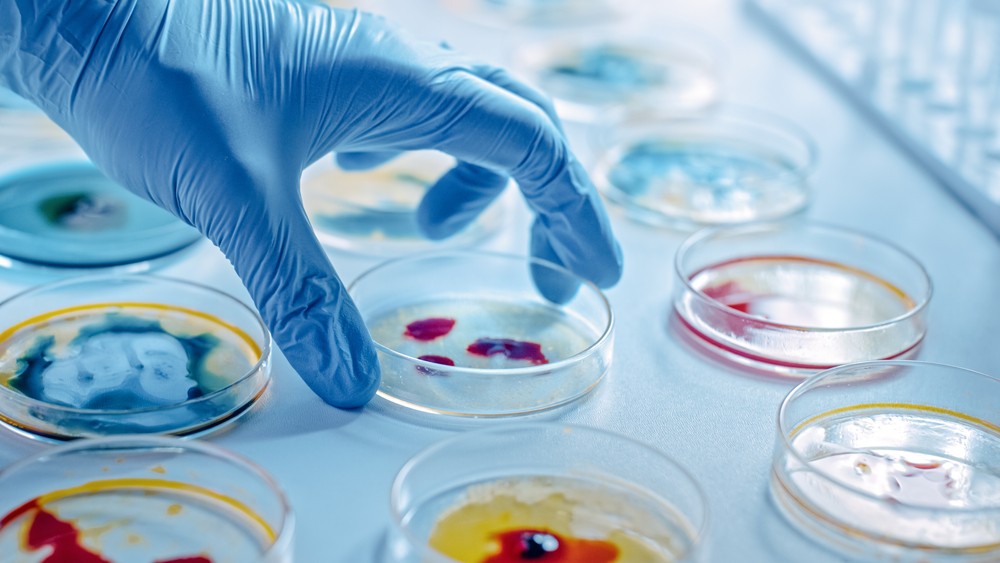
A Guide to the Crucial Role of Cleanrooms in Microbiology Research
In the world of microbiology, precision and accuracy are paramount. The significance of controlled environments cannot be overstated. This blog will explore the pivotal role of cleanrooms in this industry and how they’re crucial to the integrity and reliability of microbiological research.
Understanding Microbiology Research
Microbiology research is a multifaceted field dedicated to unraveling the mysteries of microscopic life forms, including bacteria, viruses, fungi, and other microorganisms. Scientists in this field meticulously examine these organisms to discern their structures, functions, and interactions. These investigations are fundamental to advancing medical, environmental, and industrial sciences.
In the pursuit of groundbreaking discoveries, microbiologists engage in an array of experiments, ranging from genetic studies to drug development. This requires a level of precision that exceeds conventional laboratory standards. The success of research relies on the ability to create and maintain environments that shield delicate microorganisms from external disturbances. That’s where cleanrooms come in.
The Significance of Sterile Conditions in Microbiology Research
The consequences of overlooking cleanrooms in microbiology reverberate throughout the research process, leading to skewed data, compromised experiments, and inaccurate conclusions. Results obtained in cleanrooms are more likely to be reproducible and can be confidently attributed to the targeted microbial elements, free from the interference of contaminants.
Microbiological experiments operate on a microscopic scale, where even the slightest external contaminant can jeopardize the validity of results. Microbes, inherently sensitive to their surroundings, react to changes in environmental conditions with profound implications. Common contaminants include dust particles, airborne microbes, human skin cells, and more. Therefore, these experiments necessitate a cleanroom – an environment free from unwanted variables, where researchers can control every aspect of the study.
Examples of Common Contaminants in Microbiology and Their Impact:
- Dust Particles: Microscopic dust particles can introduce foreign elements into experiments, leading to skewed observations and compromised data reliability.
- Airborne Microbes: Microorganisms present in the air pose a constant threat to microbiological research. Uncontrolled airborne contaminants can contaminate cultures, altering microbial behavior and confounding experimental results.
- Human Skin Cells: The human body naturally sheds skin cells, and even the slightest contact can introduce genetic material that interferes with the targeted microbial studies.
The Role of Cleanrooms in Microbiology Research
Cleanrooms are controlled environments that maintain exceptionally low levels of airborne particles, contaminants, and pollutants. In microbiology research, cleanrooms provide an environment free from extraneous variables. Cleanrooms adhere to stringent cleanliness standards and ensure everything is up to code and following proper protocols.
Key Characteristics of Cleanrooms:
- Controlled Air Quality: Cleanrooms maintain carefully regulated air quality to minimize particle count and microbial presence.
- Temperature and Humidity Control: Precise control over temperature and humidity levels prevents fluctuations that could impact experimental conditions.
- Positive Pressure: Cleanrooms often operate under positive air pressure to prevent external contaminants from infiltrating the space.
Design and Construction Considerations for Microbiology Cleanrooms
Designing and constructing cleanrooms for microbiology research is a meticulous process. Factors such as workflow, equipment placement, and ease of maintenance are incorporated to optimize the functionality of the cleanroom.
Features of Microbiology Cleanrooms:
- Material Selection: Non-porous and easily cleanable materials are chosen to minimize the risk of particle generation.
- Airflow Patterns: Well-defined airflow patterns help control particle movement and ensure uniform conditions throughout the cleanroom.
- Equipment Integration: Integration of specialized equipment and instrumentation within the cleanroom design to support microbiological experiments.
- High-Efficiency Particulate Air (HEPA) Filters: HEPA filters trap particles as small as 0.3 micrometers, ensuring clean and purified air within the cleanroom.
- Airlock Entry Systems: Controlled entry and exit points minimize the risk of external contaminants entering the cleanroom.
- Stringent Protocols: Strict protocols for gowning, hygiene, and behavior inside the cleanroom mitigate the risk of contamination.
Elevate Your Research with Angstrom Technology
At Angstrom Technology, we’re committed to continuous innovation in cleanroom technology. By embracing cutting-edge solutions and emerging trends, we ensure that our cleanrooms are not only state-of-the-art but also adaptable to the evolving needs of microbiological research.
For researchers and institutions seeking to elevate their microbiological research to new heights, Angstrom Technology stands ready to be the trusted partner in cleanroom solutions. We offer tailored cleanroom solutions that align with the unique requirements of your scientific endeavors. Contact us today to discover how we can help you.

